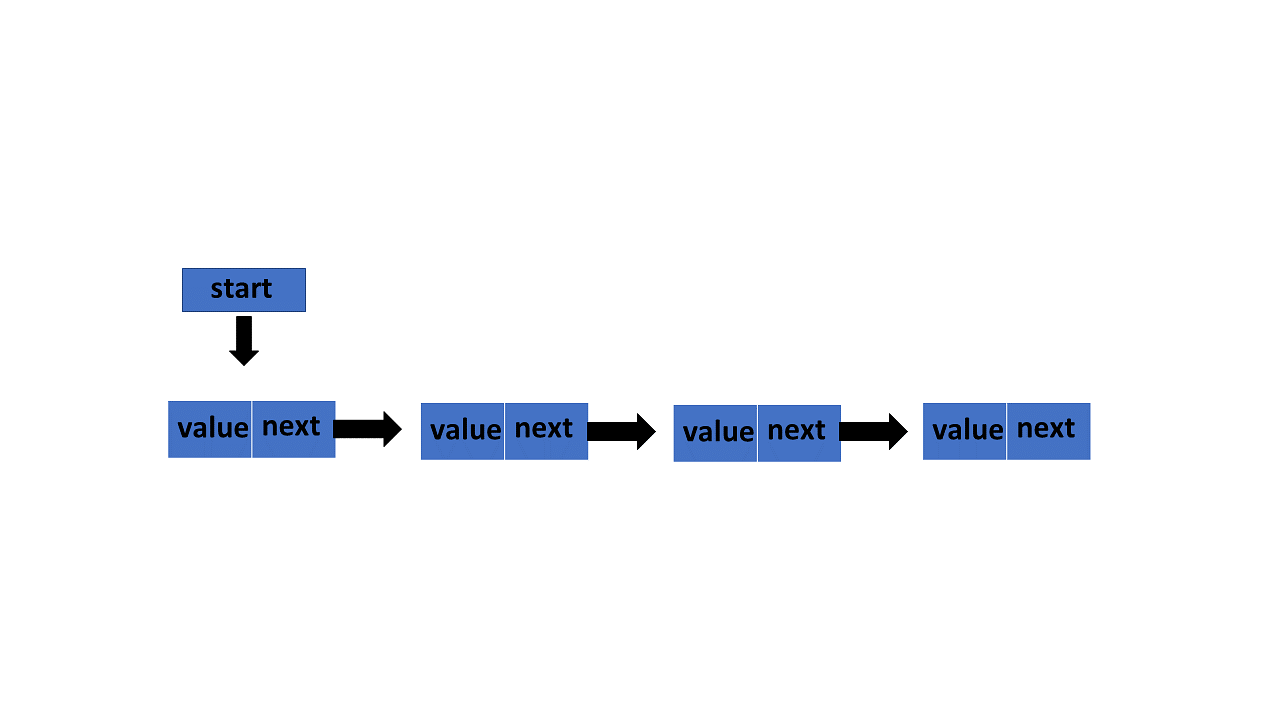

Stacks and Queues are both linear collections of items. The insert and delete operations are referred to as push and pop in the stack.

Unlike queues, they use the Last In First Out or LIFO technique to insert and delete elements.

What is a Stack?Ī Stack is an abstract linear data type that serves as a collection of objects. To brush up your skills on sys.argv command line argument, click here. So how do we implement a Python Stack? Let us take a closer look. You may also get certified, learn more about introduction to Python Programming, and apply those skills and knowledge in the real world. In this article, we will understand stack operations and look into the various ways to implement stack in Python. It is similar to removing a quarter in the middle of a stack of coins without destroying the entire thing. The name Stack data structure totally resembles a pile of objects, a stack of papers, or a tower of blocks, where adding and removing items occur only at the top of the pile. In fact, most programming languages, including operating systems, are dependent on the stack to function. It can be used to solve a wide variety of problems. Btw, you can find the example project on my github account.Whether you want to reverse a string or create a language-processing application, stacks are very useful. Let’s get to the fun part, we’ll implement a stack in swift 3.0.

Because the array would have to shift all of the items in the array by one, and insert your new item at the beginning of the array. In this case the complexity of adding a new element to the linked list is constant O(1), but for the array the complexity would be O(n). That certainly is a hindrance, if you need to access a random element, but for our stack we only need to know the first element, and this is where the linked list shines. Which means, if you need to fetch an element from the middle of the collection, with arrays you could do it in a constant time, but with a linked list you would have to traverse the collection and search for your element, so the complexity for accessing a random element in the array would be O(n). Arrays are index based, linked lists are pointer based. If you compare a linked list with your standard array, the main difference would be in fetching the elements. If you add a new element to the beginning of the list, all you have to do is change two pointers, the ‘Head’ pointer, and point the new element to the old ‘Head’ pointer: Linked ListĪ linked list is a data structure used to represent a collection of elements in a form of, well, a list 🙂 What makes a linked list special is that every element has a pointer to the next element in the list, and if that pointer is nil, then you know you’ve reached the end of the list.Įvery element in the list has a pointer to the next element, and the list itself has a pointer to the first element of the list, called a ‘Head’: Now we’re back where we started, with five items on the stack. If you call the pop operation, you’ll get back item six, and that item will be removed from the stack, like the following image illustrates: Now you can push another item on the stack, or you can pop an item from the stack. Now you have six items on the stack, and item five is no longer available to you, like so: You can push an item onto your stack, let’ say you want to push item six on it: Let’s say you have five items on your stack like the image below shows: Pop will return the item, and delete it from the stack, and peek will allow you to see what the item at the top of the stack is, but it will not remove it. Push will, obviously, push an item onto a stack. Some common operations on a stack are push, pop and peek. If you’re getting hundreds of mails a day, this might mean you’ll never see some of the mails that are on the bottom of your stack. The most recent mail will be shown at the top, and if you read your mails from top to bottom, you’ll read your most recent mails first. I good analogy would be your email inbox. Which basically means, the last element that you add to the stack is the first one that you’ll pull out. Stack is a LIFO data structure ( Last In First Out). We’ll implement it using another data structure called a ‘Linked List’, and for the sake of comparison, we will implement the same stack data structure using plain old arrays, and compare performances between the two. In this post we will examine one such structure called a ‘Stack’. In computer science there are many data structures.


 0 kommentar(er)
0 kommentar(er)
